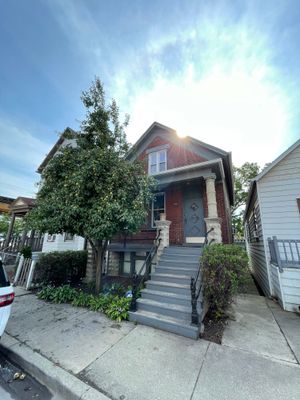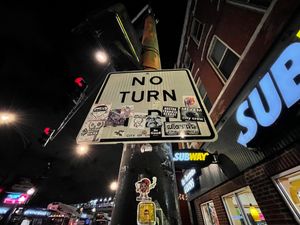!["Mortgage rates hit highest [level] in 16 years."](/content/images/size/w1140/2022/10/F75E69F9-6EE7-4C72-AC43-342CA53D8961.jpeg)
"Mortgage rates hit highest [level] in 16 years."
Chicago (October 6, 2022) - Yesterday, I came across this eye catching headline in Crain's Chicago Business and lingered on the history of it for a moment. I was in this business in 2006 when the Fed last pushed up interest rates to stem (and ultimately reveal) the pervasive "irrational exuberance" at the time. The circumstances were eerily similar in this sense: the economy was over stimulated by government policy, the reasoning went, to "bring the dream of homeownership to every American," or something like that. The result, we know now, was a whole industry born to take advantage of the lax or absent oversight and policy mistakes; and boy, did we suffer. I'd say we had about a decade's worth of a hangover in front of us to recover from that overflowing liquidity. And how, exactly, did we get here again?
Well, first, let's consider to what the headline is referring. It's announcing our recent arrival at a new plateau of 6.75% on a fixed-interest-rate loan over a 30-year amortization. And apparently we haven't see that rate in some 16 years. That's effectively 16 years, if I'm thinking of this correctly, of incredibly low borrowing costs, when used in conjunction with purchasing or refinancing a home. It seems like a very effective policy towards "bring[ing] the dream" into reality. How we recovered, though, was a long, slow (and methodical) process of implementing new (and improved) loan underwriting standards, which included "blind" appraisal valuations, and a compression of from who and from where new loans would originate.
Fast forward to yesterday's headline, and what we see behind the news is the Fed again trying to cool overstimulated access to liquidity born this time of pandemic related government policy, but there is a twist: it is not solely targeted at the zeal in the real estate market. What we are worried about now is the cost of gasoline, groceries and goods in addition to inflated employment costs, insurance costs and those rapidly rising home prices. So, I (can only) hope, there will be a different affect on us since we are not simply sobering to a set of symptoms in the real estate world, but of the whole. We haven't experienced a loosening of lending requirements, but there sure was a lax and loose implementation of the PPP Act and it's associated waives of spilling liquidity.
I hope this correction is swift (as well as short lived), the plateau is leveling, and a few less-than-30-year loan products start appearing. If we can offer a 4.0% 3-year ARM or a 4.25% 5-year ARM in the next few months, I think we will have a shot at keeping home prices relatively stable.
In the meantime, I can hear the squealing breaks being applied to the home purchase market and I can see the effects on a newly idled workforce going in to the dark and chilly winter months. Lets hope a splash of cold water to the face is enough this time to sober our speeding economy.






